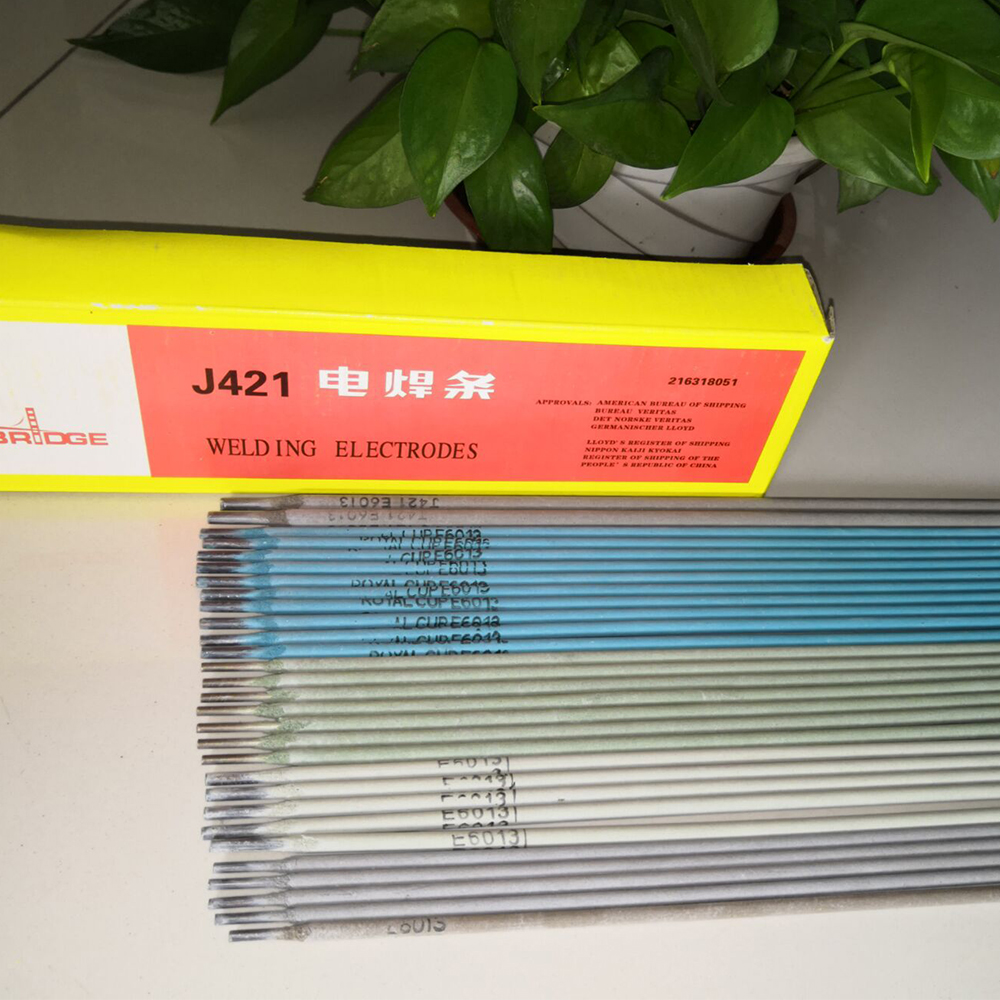welding stick electrodes manufacturer
Understanding Welding Stick Electrodes A Manufacturer's Perspective
Welding is an essential process in various industries, providing the means to join metals and create durable structures. At the heart of this process lies the welding stick electrode, a crucial component that significantly influences the quality and strength of welds. As a manufacturer of welding stick electrodes, it is vital to understand the composition, types, and applications of these electrodes to meet the diverse needs of the market.
Composition of Welding Stick Electrodes
Welding stick electrodes, also known as SMAW (Shielded Metal Arc Welding) electrodes, consist of a metal core wire coated with a flux. The metal core provides the necessary conductivity to facilitate the welding arc, while the flux serves multiple purposes, including protecting the weld pool from contamination, stabilizing the arc, and contributing alloying elements to the weld. The coating is usually made from a mixture of materials such as cellulose, mineral salts, and metallic powders, which vary based on the electrode's specific application.
Types of Welding Stick Electrodes
Several types of welding stick electrodes are available, each designed for specific applications and materials. The most common categories include
1. E6010 Electrode Known for its deep penetration and ability to work with rusty or contaminated materials, it is widely used in construction and repair work, particularly in pipelines and structural steel.
welding stick electrodes manufacturer

3. E6013 Electrode This electrode creates a smooth and clean weld and is ideal for mild steel applications, making it popular in home projects and maintenance work.
4. E7018 Electrode Renowned for its low hydrogen content, it produces strong, ductile welds and is used in critical applications, including pressure vessels and structural components.
The Manufacturing Process
The manufacturing of welding stick electrodes involves several key steps. First, raw materials are sourced, including metal wires and flux compounds. The metal wire is then coated with the flux material through processes such as extrusion or dipping. Quality control is critical throughout production; each batch is tested for consistency in diameter, coating thickness, and mechanical properties to ensure reliability. After coating, the electrodes are dried and packaged, ready for distribution.
Applications of Welding Stick Electrodes
Welding stick electrodes find applications in various industries, including construction, automotive, shipbuilding, and manufacturing. Their versatility allows them to be used on different types of metals, from carbon steel to stainless steel and even cast iron. Furthermore, their portability makes them a preferred choice for both fieldwork and fabrication shops.
Conclusion
As a welding stick electrodes manufacturer, understanding the nuances of electrode composition, types, and applications is critical. By producing high-quality electrodes that meet industry standards, manufacturers can ensure that welders achieve optimal performance in their projects. The right choice of electrode not only enhances the quality of the weld but also contributes to the longevity and safety of the final product. In an ever-evolving industry, staying abreast of technological advancements and market demands is essential for success in the welding sector.
-
Premium Stainless TIG Electrodes High-Quality Welding SolutionsNewsMay.21,2025
-
E6013 3/32 Electrodes Wholesale Manufacturers - Durable & AffordableNewsMay.21,2025
-
E71TGS Welding Wire High-Strength Flux Core for Durable JointsNewsMay.20,2025
-
High-Strength 3/4 Welding Rod 7016 for Pipe Welding China SupplierNewsMay.20,2025
-
71T1 Flux Cored Wire High-Performance 1.2mm Welding SolutionsNewsMay.20,2025
-
3.25mm Welding Electrodes High-Performance, Durable Wholesale FactoryNewsMay.19,2025


